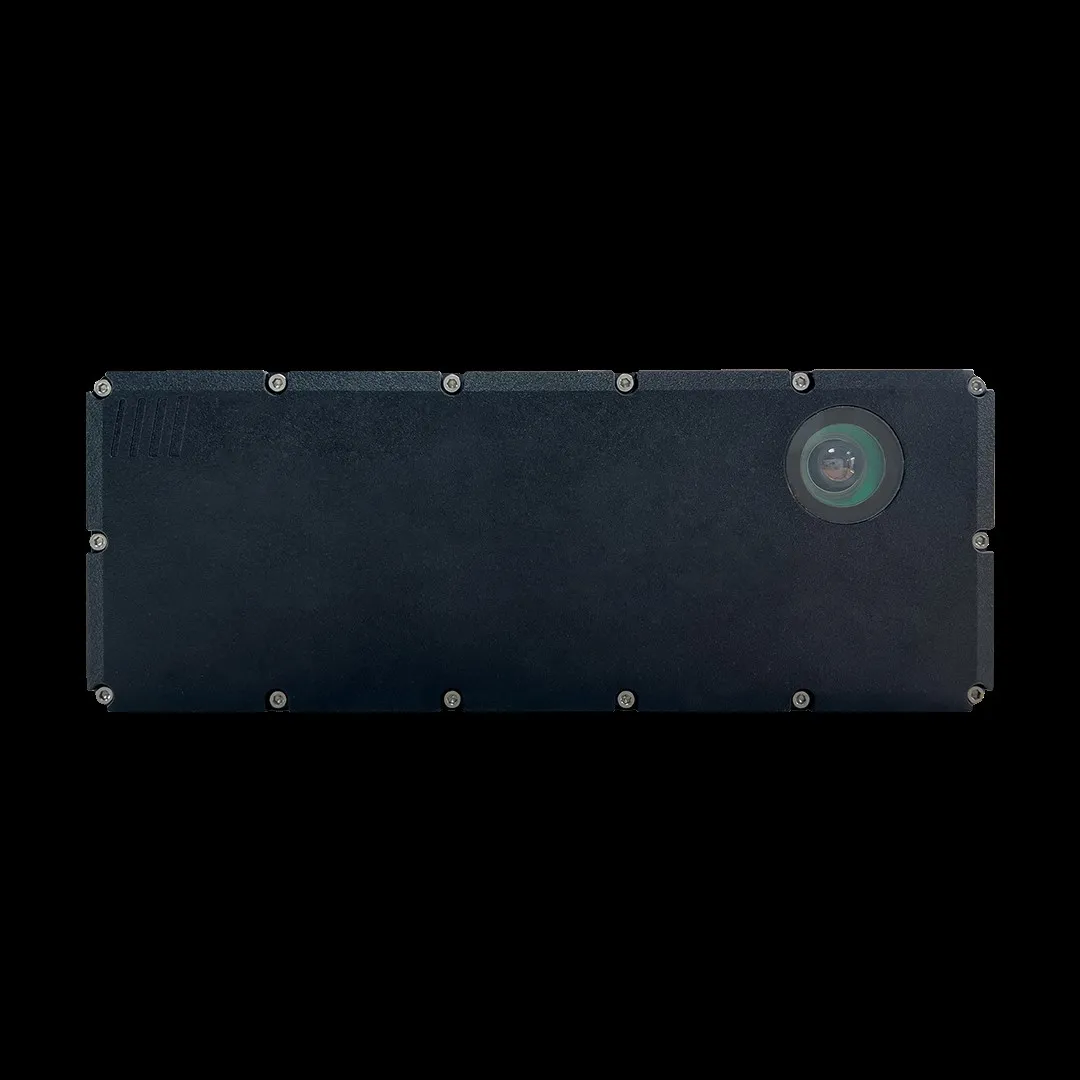The latest EyeSight driver assistance system from Subaru of America now features colour stereo cameras that deliver an approximately 40 per cent longer and wider detection range, brake light detection and can now fully function when the speed differential between the Eyesight equipped car and another vehicle is up to 30 mph.
EyeSight is mounted inside the car on the upper edge of the windshield in a housing that has been made 15 per cent smaller. The EyeSight system processes stereo images to identify t
January 24, 2014
Read time: 2 mins
RSSThe latest EyeSight driver assistance system from 7994 Subaru of America now features colour stereo cameras that deliver an approximately 40 per cent longer and wider detection range, brake light detection and can now fully function when the speed differential between the Eyesight equipped car and another vehicle is up to 30 mph.
EyeSight is mounted inside the car on the upper edge of the windshield in a housing that has been made 15 per cent smaller. The EyeSight system processes stereo images to identify the vehicles travelling in front, as well as obstacles and traffic lanes. The video information is relayed to the EyeSight computer, which is also networked with the car's braking system and electronic accelerator control. EyeSight is also capable of detecting pedestrians in the vehicle's path and can activate in order to mitigate or even avoid the collision.
The system integrates adaptive cruise control, pre-collision braking and vehicle lane departure warning. At relative speeds under 30 mph, EyeSight's pre-collision braking system can detect vehicles in the car's path and, if the driver has not applied the brake, the system can do so to slow the vehicle or bring it to a full stop to help avoid the potential collision.
Lane departure warning monitors traffic lane markers and lines and can detect if the car begins to wander outside the intended lane without a turn signal being used, or begins to sway within the travel lane.
Adaptive cruise control, intended for freeway use, can maintain a safe distance from the vehicle in front, braking or accelerating the car to maintain the driver-selected target speed and travelling distance. The system can fully bring the vehicle to a stop if it locks on to a vehicle ahead and assists the driver in stop-go traffic by maintaining a safe distance.
Also debuting in Subaru models later this year are three additional technologies; blind spot detection, lane change assist and rear cross traffic alert, which will be introduced on Subaru's product line up starting in 2014.
EyeSight is mounted inside the car on the upper edge of the windshield in a housing that has been made 15 per cent smaller. The EyeSight system processes stereo images to identify the vehicles travelling in front, as well as obstacles and traffic lanes. The video information is relayed to the EyeSight computer, which is also networked with the car's braking system and electronic accelerator control. EyeSight is also capable of detecting pedestrians in the vehicle's path and can activate in order to mitigate or even avoid the collision.
The system integrates adaptive cruise control, pre-collision braking and vehicle lane departure warning. At relative speeds under 30 mph, EyeSight's pre-collision braking system can detect vehicles in the car's path and, if the driver has not applied the brake, the system can do so to slow the vehicle or bring it to a full stop to help avoid the potential collision.
Lane departure warning monitors traffic lane markers and lines and can detect if the car begins to wander outside the intended lane without a turn signal being used, or begins to sway within the travel lane.
Adaptive cruise control, intended for freeway use, can maintain a safe distance from the vehicle in front, braking or accelerating the car to maintain the driver-selected target speed and travelling distance. The system can fully bring the vehicle to a stop if it locks on to a vehicle ahead and assists the driver in stop-go traffic by maintaining a safe distance.
Also debuting in Subaru models later this year are three additional technologies; blind spot detection, lane change assist and rear cross traffic alert, which will be introduced on Subaru's product line up starting in 2014.








